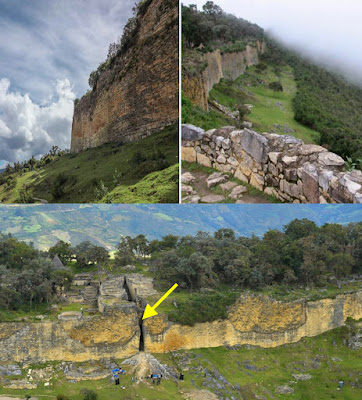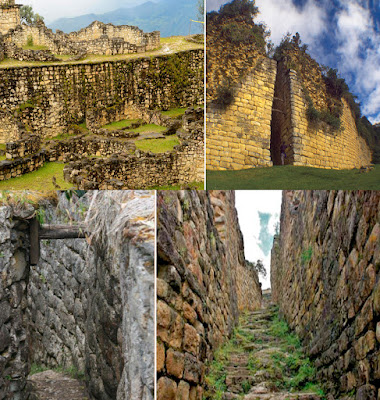As he wrote of Moroni: “he had been strengthening the armies of the Nephites, and erecting small forts, or places of resort; throwing up banks of earth round about to enclose his armies, and also building walls of stone to encircle them about, round about their cities and the borders of their lands; yea, all round about the land. And in their weakest fortifications he did place the greater number of men; and thus he did fortify and strengthen the land which was possessed by the Nephites” Alma 48:8-9).
Many members, theorists and readers of the scriptural record seem to have glazed over this particular example of the tremendous defensive efforts of the Nephites in their nearly thousand-year long wars with their hereditary enemy and what was likely involved in this massive effort to “fortify and strengthen the land which was possessed by the Nephites.” Despite all these preparation, it should be noted that, as Mormon writes: “Yea, and in fine, their wars never did cease for the space of many years with the Lamanites, notwithstanding their much reluctance” (Alma 48:22).
These wars began in the age of Nephi, who built swords after the manner of the sword of Laban in order to arm his people to fight against their brethren, the Lamanites (2 Nephi 5:14,34) and continued until the final war of annihilation at the hill Cumorah in 385 A.D., though there was a 235-year hiatus following the appearance of the Savior around 34 A.D.
The point is, the Nephites were always under fear of Lamanite attack, which sometimes happened nearly every year, like clockwork when the Spring came.
However, Moroni had prepared so well that “the Lamanites could not get into their forts of security by any other way save by the entrance…thus were the Nephites prepared to destroy all such as should attempt to climb up to enter the fort by any other way, by casting over stones and arrows at them (Alma 49:18-19).
Tall, narrow entrances (left) compared to a person standing in it, (right) seen along the wall as it extends openly backward into the village where defenders can stand on top to defend the entrance
Thus, the entrance to the fortresses must have been both unique and so easily defended that not only could the Lamanites not gain any entry, but not a single Nephite was lost in the defense of those entrances. This is not only a remarkable achievement, but one that should suggest that the method of building these defenses by Moroni and his men must have been unusual and remarkably effective.
So what might those entrances have looked like?
In a unique fortress high up in the northern mountains of Peru sits a fortress that has several unique properties to its construction. Occupied by a people today referred to as the Chachapoyas, but were called “the Cloud People” by the Inca, they were reputed to have been a white-skinned and beautiful people.
Described by Spanish conquistador and chronicler, Pedro Cieza de León (Crónicas del Perú) as “They are the whitest and most handsome of all the people that I have seen in Indies,” and also Spanish author Pedro Pizarro, who described these people as “white” and “blond.” The Spanish so completely annihilated these people, that an estimated 300,000 Chachapoyas were reduced to a few thousand by 1606, and the entire culture had disappeared shortly afterward. Today only about 300 people live in this entire Chilchos/La Meseta region after the Cloud People, who survived the smallpox and back-breaking slave labor, had been scattered by the colonial mandate of Viceroy Toledo.
The home of the Cloud People, a fortress built high on a mountain top
and situated behind and above (top) forty-foot high walls, (bottom) with only
three entrances, (yellow arrow) with one shown along the south wall
Looking down the narrow
entrance to the opening
Looking up the narrow
entrance toward the city itself
One can stand atop the fortress level and throw rocks and boulders down
upon anyone trying to gain entrance
The entrance is quite foreboding for an approaching enemy—a long path
upward with no way to defend yourself from attacks from above
As the Lamanites observed the special preparations Moroni had arranged for the defense of the city, the Lamanites were taken by surprise. “And it came to pass that the Lamanites, or the Amalickiahites, were exceedingly astonished at their manner of preparation for war…and behold, [the] chief captains durst not attack the Nephites at the city of Ammonihah, for Moroni had altered the management of affairs among the Nephites, insomuch that the Lamanites were disappointed in their places of retreat and they could not come upon them” (Alma 40:9,11).
The Lamanites would have met with impenetrable walls forty feet high, a very narrow, singular entrance, that left any enemy approach completely vulnerable to attack from above—no wonder the Lamanites fled into the wilderness













Thanks for this post!:)
ReplyDeleteGlad you enjoyed it.
ReplyDelete